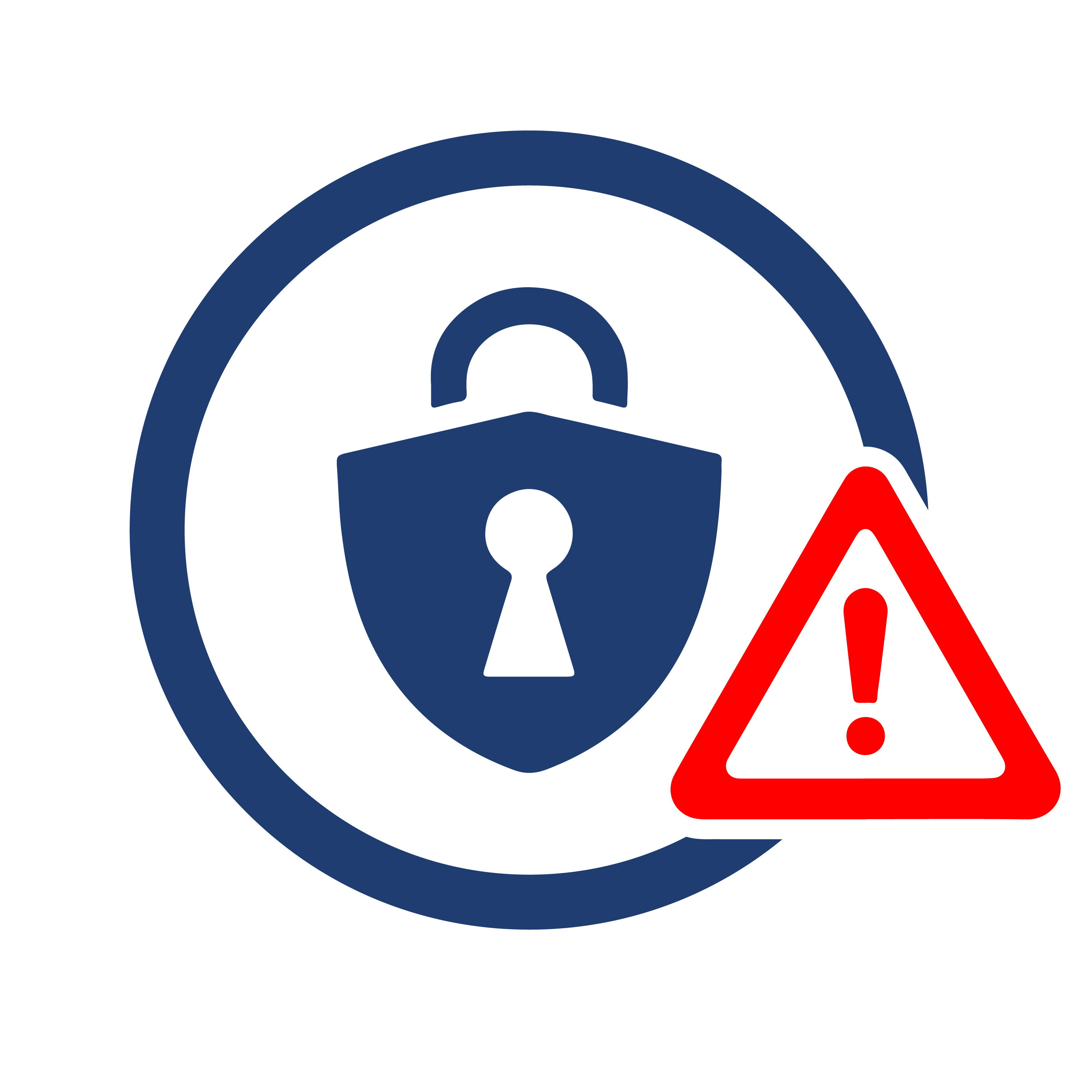IT Security
The Office of Technology Services at San Antonio College is dedicated to protecting the college’s digital assets, ensuring data integrity, and safeguarding the privacy of students, faculty, and staff. Through proactive threat detection, continuous education, and strong security policies, we strive to create a safe and resilient technology environment. Our mission is to foster a culture of cybersecurity awareness, mitigate risks, and defend against evolving cyber threats while supporting academic and operational excellence.
Common Security Threats |
|
|
|
Cyber threats are constantly evolving, making it crucial to stay informed and vigilant. This section highlights some of the most common security risks, including phishing scams, malware attacks, weak passwords, and social engineering tactics. By understanding these threats and following best practices, you can better protect your personal and institutional data from cybercriminals. |
|
|
Security Best Practices
Data Backup Strategy
Tips to Improve Security of your Computer and Data
- Never share your user password with others.
- Our College or other entitites will never request your username, password or other personal information by email. Please do not respond to emails requesting personal information.
- Secure your computer equipment including laptops, media tablets, smart phones in a safe environment.
- Use secure network connection wherever possible when accessing data. Secure connection prevents unwanted viewing of your electronic communication.
Report an Incident
Please complete the IT Security Form to describe the security incident. Important: If the incident poses any immediate danger, please call 911 to contact law enforcement authorities immediately. The types of incidents you report include:
- Unauthorized exposure of private personal information (which may lead to identity theft or misrepresentation)
- Computer break-ins and other unauthorized use of San Antonio College systems or data
- Unauthorized changes to computer or software
- Equipment theft or loss
- Interference with the intended use of information technology resources
